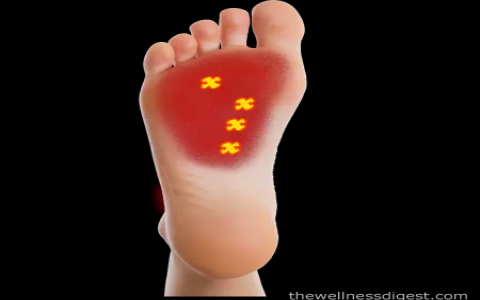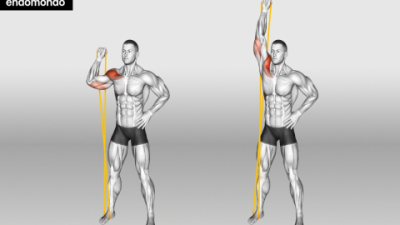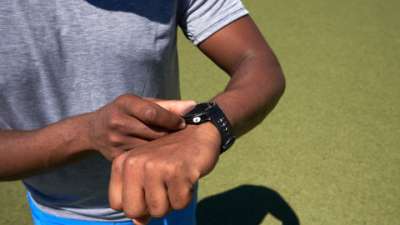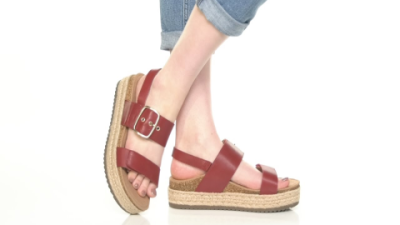If you’ve ever felt that nagging pain along the inside of your foot, near the big toe, you might be dealing with something called hallucis muscle pain. It’s not the most common complaint, but when it hits, it can really throw off your day. Whether you’re an athlete, a dancer, or just someone who spends a lot of time on their feet, understanding what’s going on with this little muscle called the abductor hallucis can make a big difference.
So, what is this hallucis muscle anyway? Well, it’s a small but mighty muscle that runs along the inside of your foot, starting from your heel and attaching right near the base of your big toe. Its job is to help move your big toe away from the others and support the arch of your foot. Sounds simple, but if it’s hurting, it can mess with your balance, your walking, and even your overall foot comfort.
Now, let’s talk about why this muscle might start to hurt. There are a bunch of reasons, but the most common one is overuse. Imagine you suddenly decide to start running every day or you’re on your feet for hours without a break—your hallucis muscle might just get overwhelmed. Tiny tears in the muscle fibers can happen, and that’s when inflammation and pain kick in.
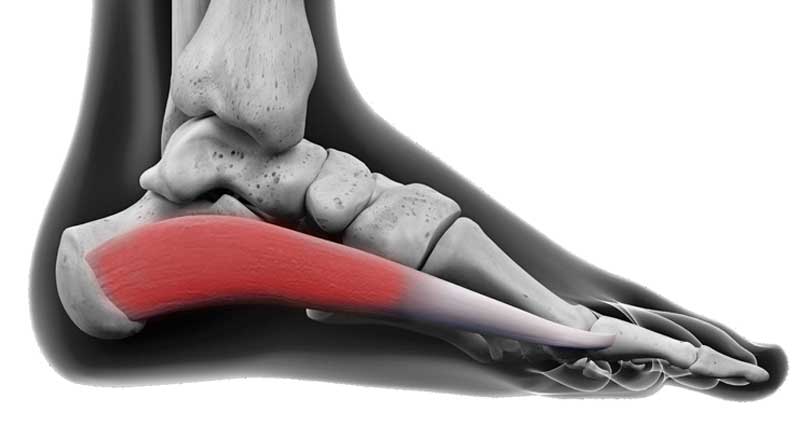
Another big culprit is the way your foot moves. If you have flat feet or your foot rolls inward too much when you walk (called overpronation), the hallucis muscle has to work overtime to keep you balanced. Over time, that extra work can lead to pain. And don’t even get me started on shoes—if you’re squeezing your feet into tight, unsupportive shoes or heels, you’re basically asking for trouble.
Sometimes, a sudden twist or injury can hurt the muscle directly. You might feel a sharp pain, swelling, or have trouble moving your big toe. Other foot problems like plantar fasciitis or nerve issues can also cause pain that feels like it’s coming from the hallucis muscle. It’s kind of like when your car makes a weird noise—you’re not always sure exactly what’s wrong until you dig a little deeper.
So, what does hallucis muscle pain actually feel like? Most people describe it as a sharp or dull ache along the inside of the foot, near the big toe. You might notice swelling, tenderness when you press on the area, or pain that gets worse when you walk or try to move your toe. Some people even feel stiffness in the morning or weakness when pushing off the ground. And if a nerve is involved, you could get tingling or numbness, which is definitely a sign to see a doctor.
Diagnosing this pain usually starts with a chat about your activities and any recent injuries. A doctor or physical therapist will check your foot, look at how you walk, and might order an MRI or ultrasound if they want to see the muscles and tendons up close. Sometimes, if nerve problems are suspected, they’ll do special tests to check nerve function.
When it comes to fixing the pain, the first step is usually rest. It’s tempting to keep going, but giving your foot a break is key. Ice packs can help calm down swelling and ease pain. Physical therapy is a game-changer for many people—it’s not just about rest but also about learning the right stretches and exercises to strengthen that muscle and improve your foot’s mechanics.
Orthotics—those custom shoe inserts—can be a lifesaver, especially if your foot mechanics are part of the problem. They help support your arch and take some of the strain off the hallucis muscle. And yes, sometimes over-the-counter pain meds like ibuprofen can help, but they’re just part of the bigger picture.
Some folks explore alternative treatments like acupuncture or dry needling, which might sound a bit out there, but many find relief through them. Taping your foot or wearing a brace can also give extra support while your muscle heals. Surgery? That’s usually a last resort, only for when nerve problems or severe structural issues don’t get better with all the usual care.
Preventing hallucis muscle pain is all about good habits. Wear shoes that fit well and support your feet properly. Don’t jump into intense activities without warming up or building up slowly. And keeping your feet strong with regular exercises can make a big difference. Oh, and keeping a healthy weight helps too—less pressure on your feet means less chance of pain.
Frequently Asked Questions
How long does hallucis muscle pain last?
It really depends. If you catch it early and rest, you might feel better in a couple of weeks. But if it’s ignored or if the cause isn’t fixed, it can drag on for months.
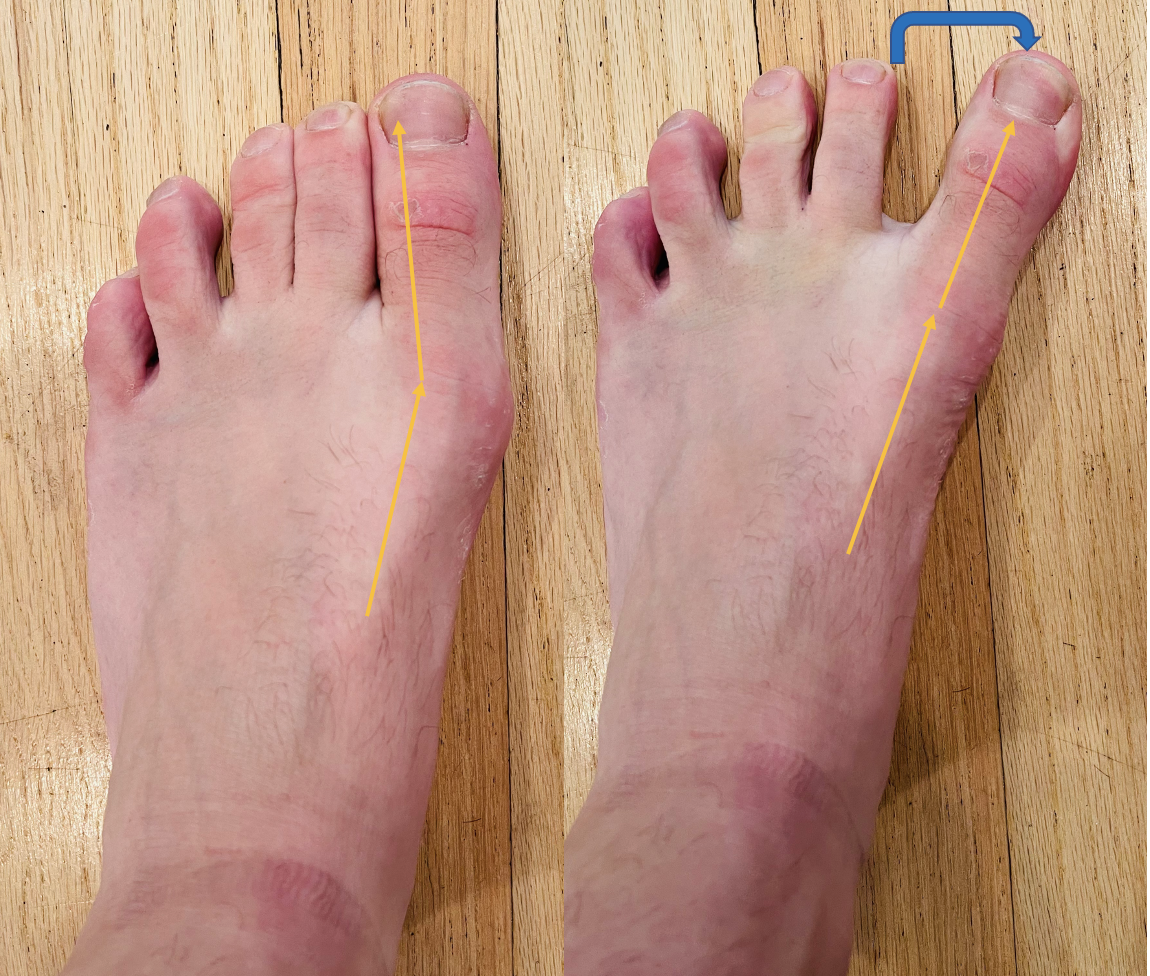
Can this pain affect how I walk?
Definitely. When your foot hurts, you might limp or change your step to avoid pain, which can cause other problems down the line.
Is surgery common?
Not really. Most people get better with rest, therapy, and the right shoes. Surgery is only for stubborn cases.
Can plantar fasciitis cause hallucis muscle pain?
Yes, since the plantar fascia and abductor hallucis are close together, inflammation in one can affect the other.
What exercises help?
Simple things like spreading your toes, curling a towel with your toes, or gently pushing your big toe away from the others can strengthen the muscle. A physical therapist can help you find the right moves.
To sum it up, hallucis muscle pain might seem small, but it can really mess with your day. The good news is, with some care, patience, and the right approach, you can get back on your feet without that nagging ache. Don’t ignore the signs—listen to your body, and if it keeps hurting, get some professional help. Your feet carry you through life; it’s worth taking good care of them.
